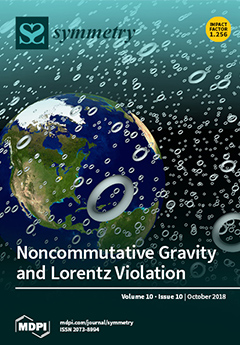In banks, governments, and Internet companies, inconsistent data problems may often arise when various information systems are collecting, processing, and updating data due to human or equipment reasons. The emergence of inconsistent data makes it impossible to obtain correct information from the data
[...] Read more.
In banks, governments, and Internet companies, inconsistent data problems may often arise when various information systems are collecting, processing, and updating data due to human or equipment reasons. The emergence of inconsistent data makes it impossible to obtain correct information from the data and reduces its availability. Such problems may be fatal in data-intensive enterprises, which causes huge economic losses. Moreover, it is very difficult to clean inconsistent data in databases, especially for data containing conditional functional dependencies with built-in predicates (CFDPs), because it tends to contain more candidate repair values. For the inconsistent data containing CFD
Ps to detect incomplete and repair difficult problems in databases, we propose a dependency lifting algorithm (DLA) based on the maximum dependency set (MDS) and a reparation algorithm (C-Repair) based on integrating the minimum cost and attribute correlation, respectively. In detection, we find recessive dependencies from the original dependency set to obtain the MDS and improve the original algorithm by dynamic domain adjustment, which extends the applicability to continuous attributes and improves the detection accuracy. In reparation, we first set up a priority queue (PQ) for elements to be repaired based on the minimum cost idea to select a candidate element; then, we treat the corresponding conflict-free instance (
) as the training set to learn the correlation among attributes and compute the weighted distance (
WDis) between the tuple of the candidate element and other tuples in
according to the correlation; and, lastly, we perform reparation based on the
WDis and re-compute the
PQ after each reparation round to improve the efficiency, and use a label,
flag, to mark the repaired elements to ensure the convergence at the same time. By setting up a contrast experiment, we compare the DLA with the CFD
Ps based algorithm, and the C-Repair with a cost-based, interpolation-based algorithm on a simulated instance and a real instance. From the experimental results, the DLA and C-Repair algorithms have better detection and repair ability at a higher time cost.
Full article





